Branka Vucetic, Jinhong Yuan, Branka Vucetic0470847573, 9780470847572, 9780470864791
Space-time codes are a highly bandwidth-efficient approach to signalling within wireless communication that takes advantage of the spatial dimension by transmitting a number of data streams using multiple co-located antennas. There are various approaches to the coding structures, including space-time trellis coded modulation, space-time turbo codes and also layered architectures. The central issue in all these various coding structures is the exploitation of multipath effects in order to achieve very high spectral efficiencies. The spectral efficiencies of traditional wireless systems range between 1-5bps/sec/Hz but by using space-time techniques spectral efficiencies of 20-40bps/sec/Hz have been possible. Hence, space-time coding enables an increase in capacity by an order of magnitude. This is the main reason why space-time codes have been included in the standards for the third generation wireless communication systems and ultimately why Space-time Coding will be in great demand by individuals within industry and academia.
The comprehensive understanding of space-time coding is essential in the implementation of 3G, and as the only title currently available, Space-Time Coding will be the standard text for Researchers, telecommunication engineers and network planners, academics and undergraduate/postgraduate students, telecommunications managers and consultants.
Table of contents :
Cover……Page 1
Contents……Page 6
List of Acronyms……Page 12
List of Figures……Page 14
List of Tables……Page 24
Preface……Page 26
Bibliography……Page 27
1.1 Introduction……Page 30
1.2 MIMO System Model……Page 31
1.3 MIMO System Capacity Derivation……Page 33
1.4 MIMO Channel Capacity Derivation for Adaptive Transmit Power Allocation……Page 37
1.5 MIMO Capacity Examples for Channels with Fixed Coefficients……Page 38
1.6 Capacity of MIMO Systems with Random Channel Coefficients……Page 42
1.6.1 Capacity of MIMO Fast and Block Rayleigh Fading Channels……Page 43
1.6.3 Capacity Examples for MIMO Slow Rayleigh Fading Channels……Page 51
1.7 Effect of System Parameters and Antenna Correlation on the Capacity of MIMO Channels……Page 54
1.7.1 Correlation Model for LOS MIMO Channels……Page 57
1.7.2 Correlation Model for a Rayleigh MIMO Fading Channel……Page 59
1.7.3 Correlation Model for a Rician MIMO Channel……Page 64
1.7.4 Keyhole Effect……Page 65
and Receive Scatterers……Page 68
1.7.6 The Effect of System Parameters on the Keyhole Propagation……Page 70
Appendix 1.1 Water- filling Principle……Page 73
Appendix 1.2: Cholesky Decomposition……Page 74
Bibliography……Page 75
2.1 Introduction……Page 78
2.2.3 Statistical Models for Fading Channels……Page 79
2.3.1 Diversity Techniques……Page 83
2.3.2 Diversity Combining Methods……Page 84
2.3.3 Transmit Diversity……Page 89
2.4 Space- Time Coded Systems……Page 93
2.5 Performance Analysis of Space- Time Codes……Page 94
2.5.1 Error Probability on Slow Fading Channels……Page 95
2.5.2 Error Probability on Fast Fading Channels……Page 101
2.6.1 Code Design Criteria for Slow Rayleigh Fading Channels……Page 104
2.6.2 Code Design Criteria for Fast Rayleigh Fading Channels……Page 107
2.6.3 Code Performance at Low to Medium SNR Ranges……Page 110
2.7 Exact Evaluation of Code Performance……Page 111
Bibliography……Page 115
3.2.1 Alamouti Space- Time Encoding……Page 120
3.2.2 Combining and Maximum Likelihood Decoding……Page 122
3.2.3 The Alamouti Scheme with Multiple Receive Antennas……Page 123
3.2.4 Performance of the Alamouti Scheme……Page 124
3.3.1 Space- Time Block Encoder……Page 128
3.4 STBC for Real Signal Constellations……Page 129
3.5 STBC for Complex Signal Constellations……Page 132
3.6 Decoding of STBC……Page 133
3.7 Performance of STBC……Page 137
3.8 Effect of Imperfect Channel Estimation on Performance……Page 141
3.9 Effect of Antenna Correlation on Performance……Page 142
Bibliography……Page 143
4.2 Encoder Structure for STTC……Page 146
4.2.1 Generator Description……Page 147
4.2.2 Generator Polynomial Description……Page 149
4.2.3 Example……Page 150
4.3 Design of Space- Time Trellis Codes on Slow Fading Channels……Page 151
4.3.1 Optimal STTC Based on the Rank & Determinant Criteria……Page 152
4.3.2 Optimal STTC Based on the Trace Criterion……Page 154
4.4.1 Performance of the Codes Based on the Rank & Determinant Criteria……Page 157
4.4.3 Performance Comparison for Codes Based on Different Design Criteria……Page 160
4.4.4 The Effect of the Number of Transmit Antennas on Code Performance……Page 164
4.4.5 The Effect of the Number of Receive Antennas on Code Performance……Page 167
4.5 Design of Space- Time Trellis Codes on Fast Fading Channels……Page 168
4.6 Performance Evaluation on Fast Fading Channels……Page 172
Bibliography……Page 176
5.1 Introduction……Page 178
5.1.1 Construction of Recursive STTC……Page 179
5.2 Performance of Recursive STTC……Page 181
5.3 Space- Time Turbo Trellis Codes……Page 182
5.4 Decoding Algorithm……Page 183
5.4.1 Decoder Convergence……Page 187
5.5 ST Turbo TC Performance……Page 189
5.5.2 Effect of Memory Order and Interleaver Size……Page 190
5.5.4 Effect of Component Code Design……Page 191
5.5.6 Effect of Interleaver Type……Page 195
5.5.7 Effect of Number of Transmit and Receive Antennas……Page 196
5.5.10 Performance on Fast Fading Channels……Page 199
Appendix 5.1 MAP Algorithm……Page 204
Summary of the MAP Algorithm……Page 210
Bibliography……Page 212
6.1 Introduction……Page 214
6.2 LST Transmitters……Page 215
6.3 LST Receivers……Page 218
6.3.1 QR Decomposition Interference Suppression Combined with Interference Cancellation……Page 220
6.3.2 Interference Minimum Mean Square Error ( MMSE) Suppression Combined with Interference Cancellation……Page 222
6.3.3 Iterative LST Receivers……Page 225
6.3.4 An Iterative Receiver with PIC……Page 226
6.3.5 An Iterative MMSE Receiver……Page 236
6.3.6 Comparison of the Iterative MMSE and the Iterative……Page 238
6.4 Comparison of Various LST Architectures……Page 240
6.4.1 Comparison of HLST Architectures with Various Component Codes……Page 242
Appendix 6.1 QR Decomposition……Page 245
Householder Transformation……Page 247
Bibliography……Page 248
7.1 Introduction……Page 252
7.2 Differential Coding for a Single Transmit Antenna……Page 253
7.3.1 Differential Encoding……Page 254
7.3.2 Differential Decoding……Page 257
7.3.3 Performance Simulation……Page 259
7.4.1 Differential Encoding……Page 261
7.4.2 Differential Decoding……Page 263
7.5.1 Differential Encoding……Page 266
7.5.2 Differential Decoding……Page 267
7.6 Unitary Space- Time Modulation……Page 268
7.7 Unitary Group Codes……Page 271
Bibliography……Page 273
8.2.1 Frequency- Selective Fading Channels……Page 274
8.2.2 Performance Analysis……Page 275
8.3.1 OFDM Technique……Page 278
8.3.2 STC- OFDM Systems……Page 280
8.4 Capacity of STC- OFDM Systems……Page 283
8.5 Performance Analysis of STC- OFDM Systems……Page 284
8.6.1 Performance on A Single- Path Fading Channel……Page 287
8.6.3 The Effect of Symbol- Wise Hamming Distance on Performance……Page 288
8.6.4 The Effect of The Number of Paths on Performance……Page 289
8.7.1 Concatenated RS- STC over OFDM Systems……Page 290
8.7.3 ST Turbo TC over OFDM Systems……Page 291
8.8.1 System Model……Page 293
8.8.2 Open- Loop Transmit Diversity for CDMA……Page 294
8.8.3 Closed- Loop Transmit Diversity for CDMA……Page 295
8.8.4 Time- Switched Orthogonal Transmit Diversity ( TS- OTD)……Page 296
8.8.5 Space- Time Spreading ( STS)……Page 298
8.8.6 STS for Three and Four Antennas……Page 299
8.9 Space- Time Coding for CDMA Systems……Page 302
8.10 Performance of STTC in CDMA Systems……Page 303
8.10.1 Space- Time Matched Filter Detector……Page 305
8.10.2 Space- Time MMSE Multiuser Detector……Page 307
8.10.3 Space- Time Iterative MMSE Detector……Page 310
8.10.4 Performance Simulations……Page 311
8.11 Performance of Layered STC in CDMA Systems……Page 315
Bibliography……Page 322
Index……Page 326
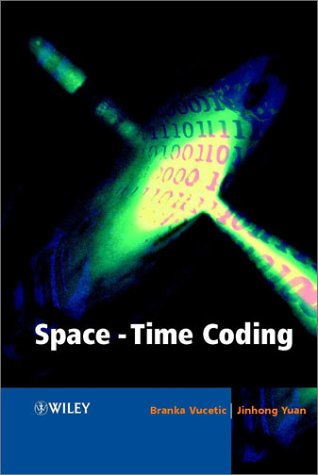
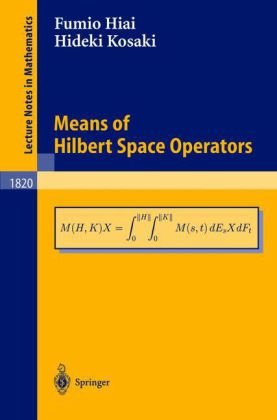

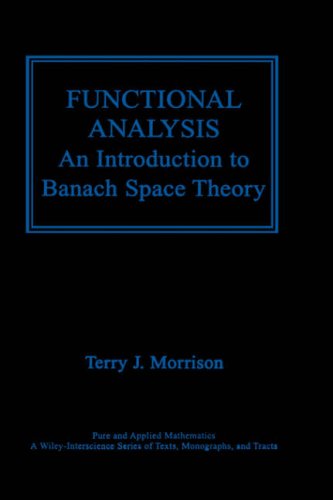
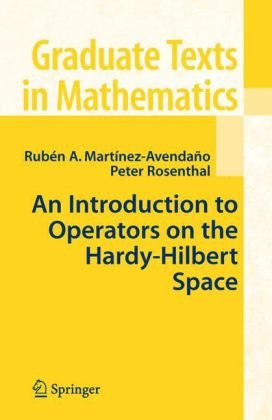

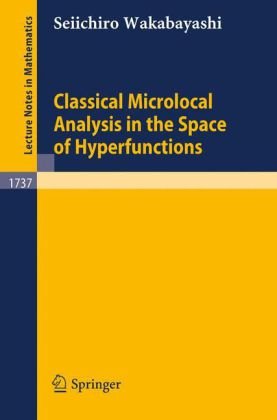
Reviews
There are no reviews yet.